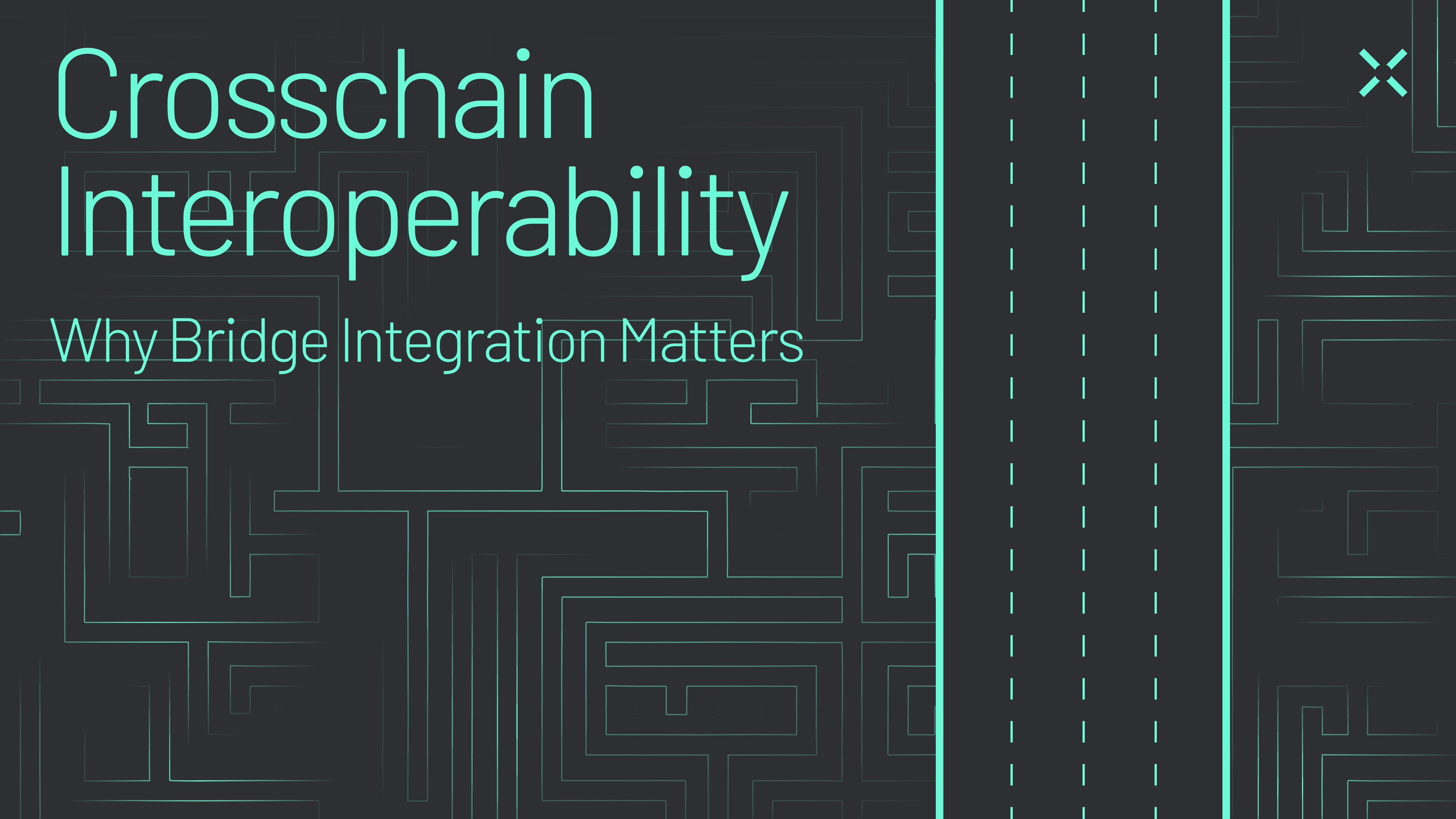TLDR
Ethereum is fragmented, and it’s slowing down innovation and adoption. Across solves the five biggest interoperability challenges—fungibility, latency, cost, security, and sovereignty—while ERC-7683 lays the foundation for seamless crosschain interop across the entire Ethereum ecosystem. This is how we turn “Unify Ethereum” from a catchphrase into reality.
Introduction: Unify Ethereum
The "Unify Ethereum" rallying cry echoed throughout ETH Denver this year, but beyond the catchphrase lies a pressing challenge: Ethereum is fragmented.
This fragmentation isn’t just a theoretical problem—it creates real friction for users trying to navigate between Ethereum and its L2s, developers building crosschain dApps, and onlookers trying to make sense of the whole ecosystem. This friction is holding back innovation and adoption.
To unify Ethereum, we need to solve five key challenges: asset fungibility, latency, cost, security, and sovereignty. Across is leading the charge with a practical, efficient approach to interoperability that eliminates friction, making Ethereum feel like one unified system rather than a collection of siloed chains.
Let’s explore these challenges, why you should care, and how Across solves them.
The Five Main Challenges to Unifying Ethereum
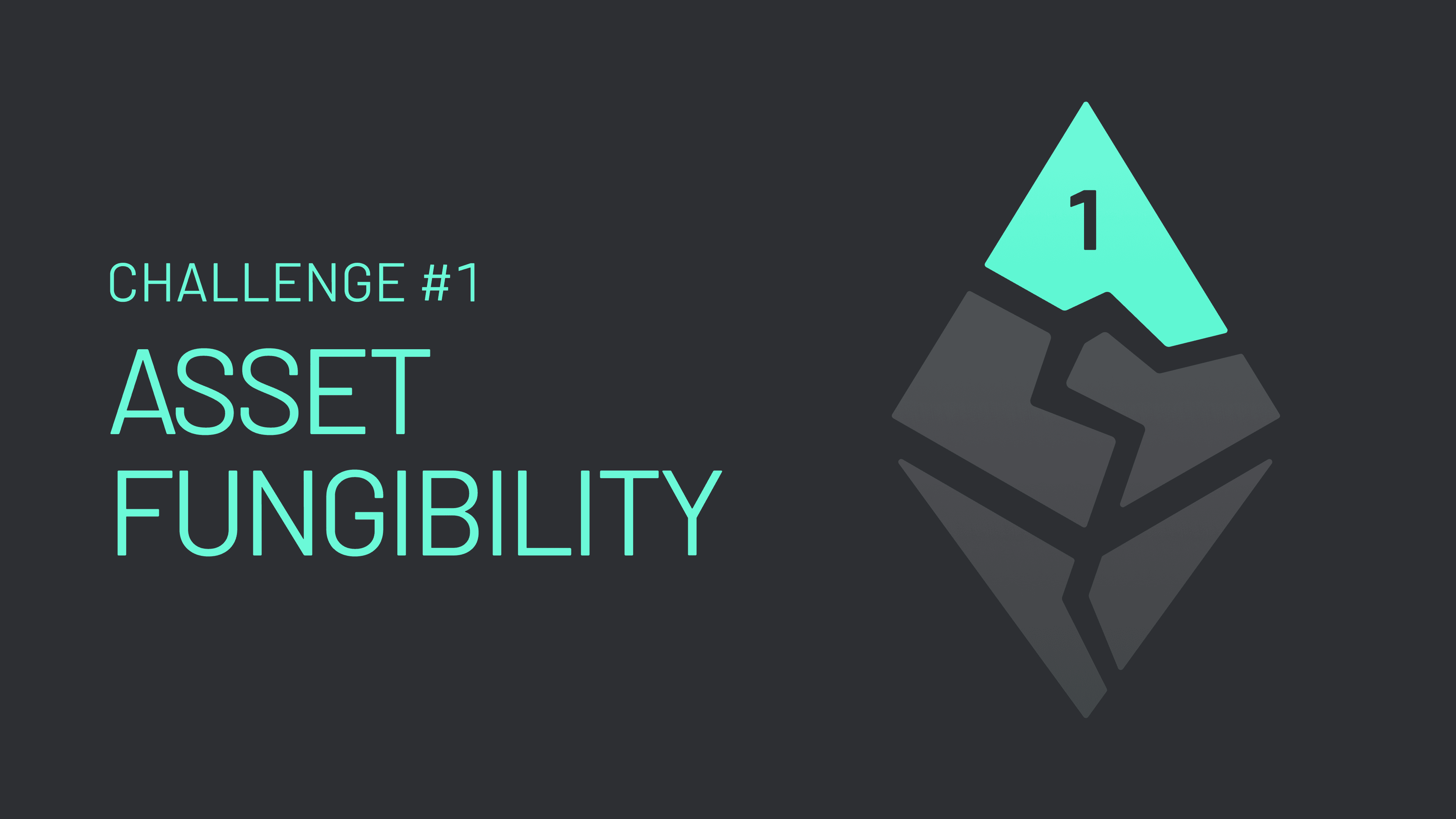
Challenge 1: Asset fungibility.
1. Asset Fungibility: Bridging Without the Friction
The Challenge: Moving assets between chains often means dealing with wrapped assets, mint/burn mechanics, and inconsistent liquidity pools; all of which make the experience of moving assets across chains a nightmare. This creates uncertainty, requires additional swaps, and fragments liquidity.
Why It Matters: For users, this means constantly swapping between different token versions and managing a confusing portfolio of wrapped assets. For developers, it means building integrations for multiple token standards and maintaining complex liquidity pools.
Across’ Solution: We eliminate this friction by leveraging an Intents-based bridging model that ensures assets remain fungible and seamlessly transferable. Users express what they want ("I want to move my ETH from Arbitrum to Optimism") and receive the exact asset they expect on the destination chain. Across makes it by abstracting away the complexities of crosschain transfers.
Real Impact: We’ve designed Across with the flexibility to support a wide range of token types—including ERC-20s and OFTs. This flexibility removes limitations, while the 2-second bridging time ensures that assets move as fast as users expect. Across has already moved over $20B in cumulative bridging volume.
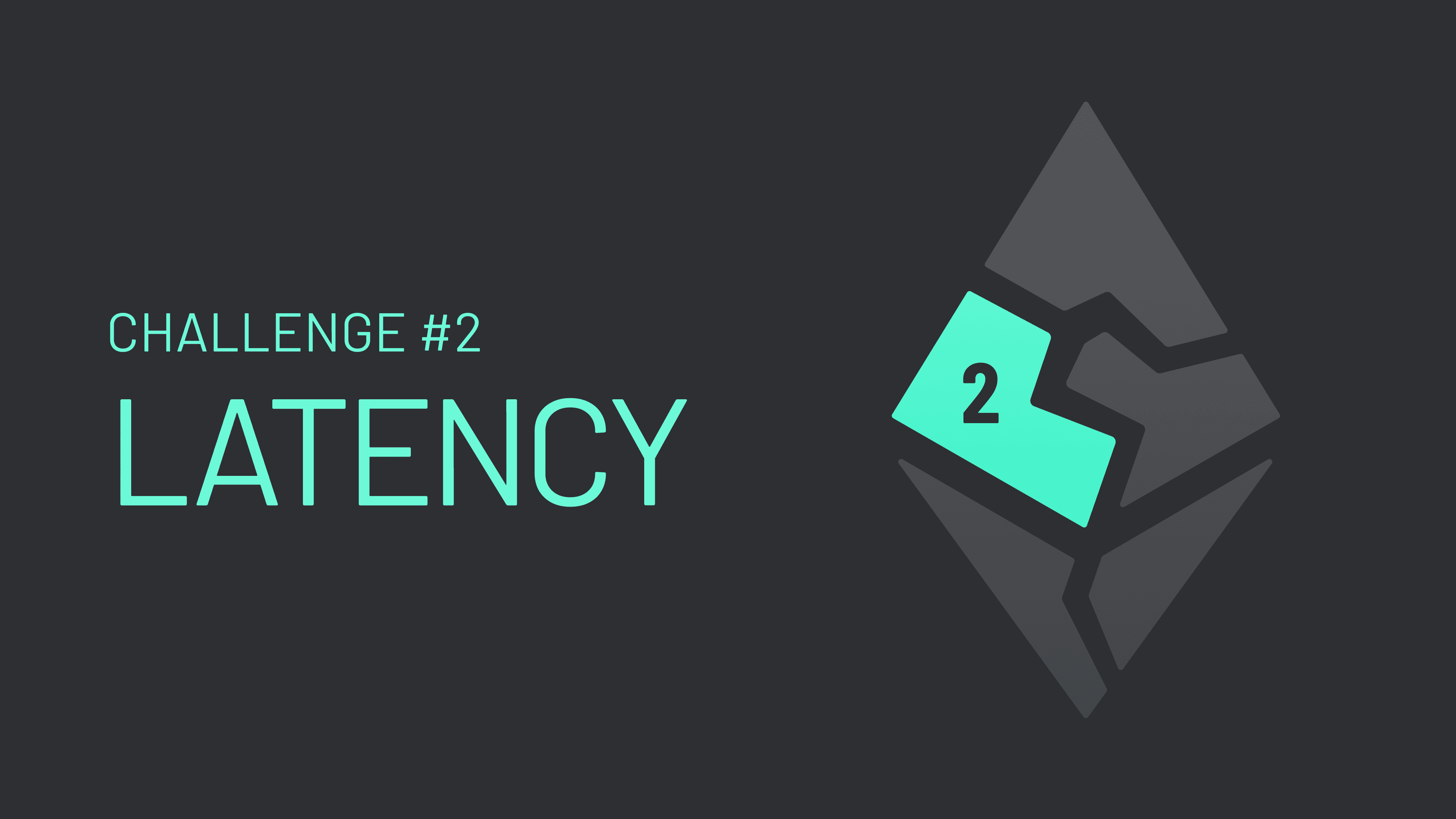
Challenge 2: Latency.
2. Latency: Crosschain Transactions That Feel Instant
The Challenge: Latency kills seamless UX. Traditional bridges often take minutes—or even hours—to finalize a transfer. This delay makes crosschain activity feel clunky and unpredictable, especially when users are expecting Ethereum-level responsiveness.
Why It Matters: Fast transactions are table stakes for modern applications. Whether you’re trading, gaming, or participating in DeFi, waiting for confirmations kills momentum and discourages usage. Developers also struggle to build fluid user flows when latency is unpredictable.
Across’ Solution: Across uses a network of relayers to instantly fill user Intents, taking on settlement risk so that users don’t have to wait. Funds arrive in under 2–3 seconds on the destination chain, while settlement happens asynchronously in the background.
Real Impact: With sub-3 second bridging times, Across delivers a UX that rivals native Ethereum—no pauses, no delays, just smooth interoperability across L1s and L2s.
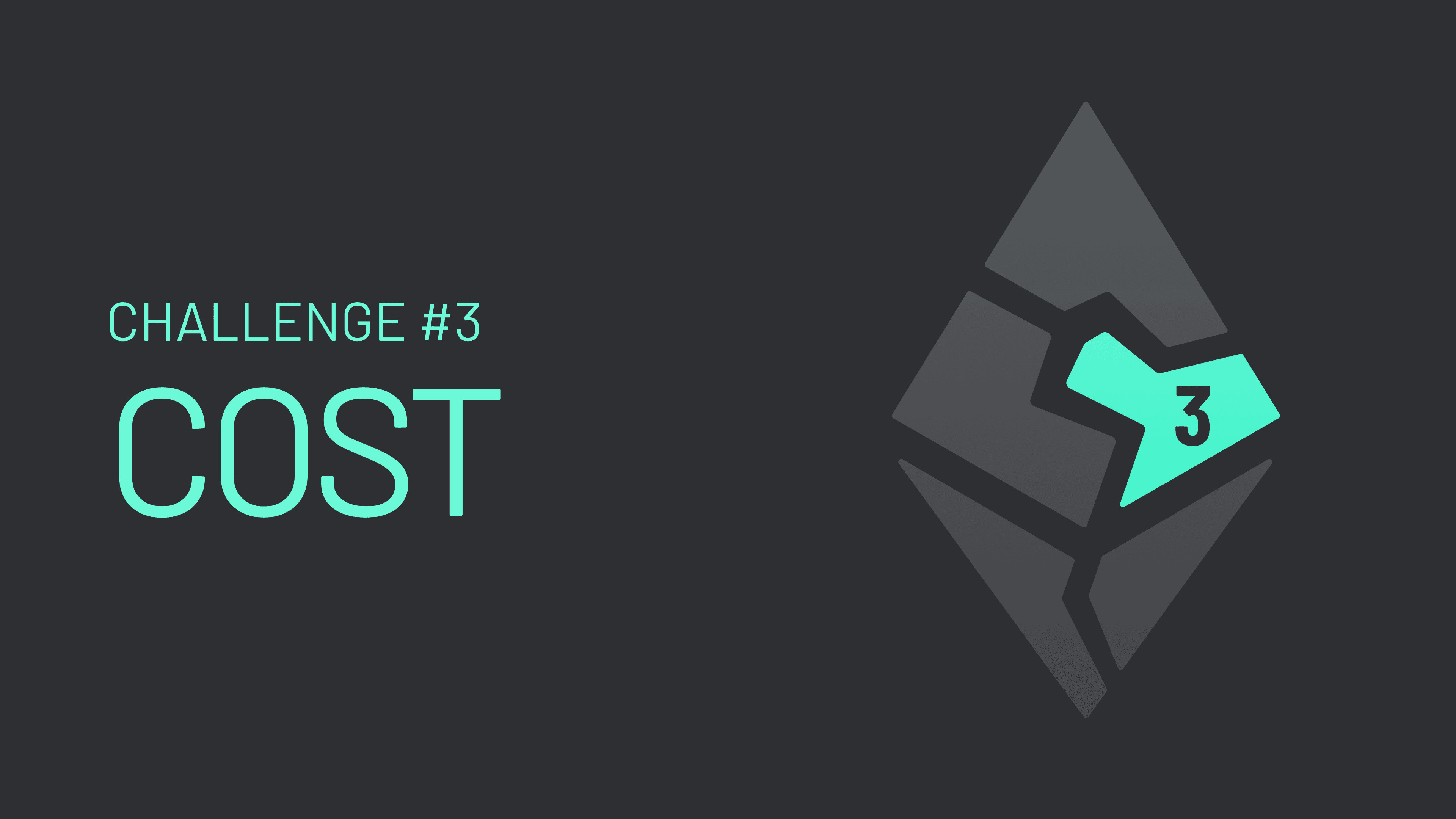
Challenge 3: Cost.
3. Cost: Making Interoperability Nearly Free
The Challenge: Gas fees can make crosschain activity prohibitively expensive—especially for smaller transfers. When the cost of bridging exceeds the value being bridged, the system becomes unusable.
Why It Matters: For users, high fees discourage usage. For developers, it creates friction in onboarding new users or supporting long-tail assets. And for the ecosystem at large, it slows down adoption and experimentation.
Across’ Solution: Across minimizes costs through batched settlement and optimistic verification, removing the need for costly onchain messaging for every transaction. This efficiency lets Across pass savings on to users.
Real Impact: Many transfers cost under $0.04—and some are effectively cheaper than free. This affordability makes crosschain activity viable for everything from DeFi degens to everyday users.
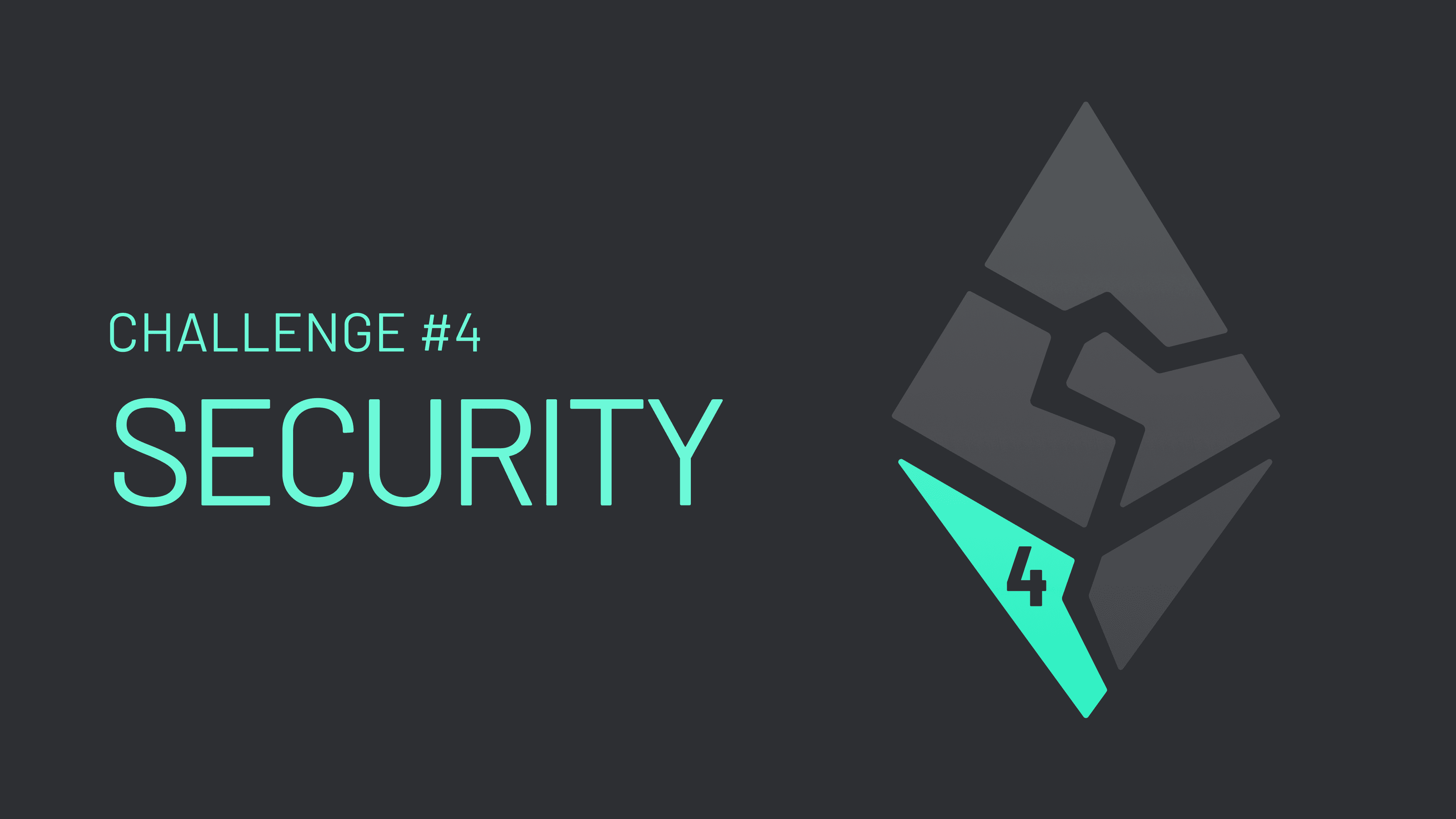
Challenge 4: Security.
4. Security: Eliminating Crosschain Risk
The Challenge: Bridges have been some of the most vulnerable components in crypto, with billions lost due to exploits. Many prioritize speed or low cost at the expense of safety, creating systemic risk.
Why It Matters: Users don’t want to worry about being rugged. Developers don’t want to integrate insecure systems. Without strong security, trust in crosschain protocols erodes—and that slows progress for the entire ecosystem.
Across’ Solution: Across flips the model: relayers assume the risk, not users. Because liquidity is fronted by relayers, users are never exposed to settlement failures. Relayer repayments occur frequently, limiting their exposure risk. This is reinforced by UMA’s battle-tested optimistic oracle, which economically secures transactions.
Real Impact: Across has operated securely with over $20B in bridging volume. Its security model ensures that even in worst-case scenarios, users are always protected.
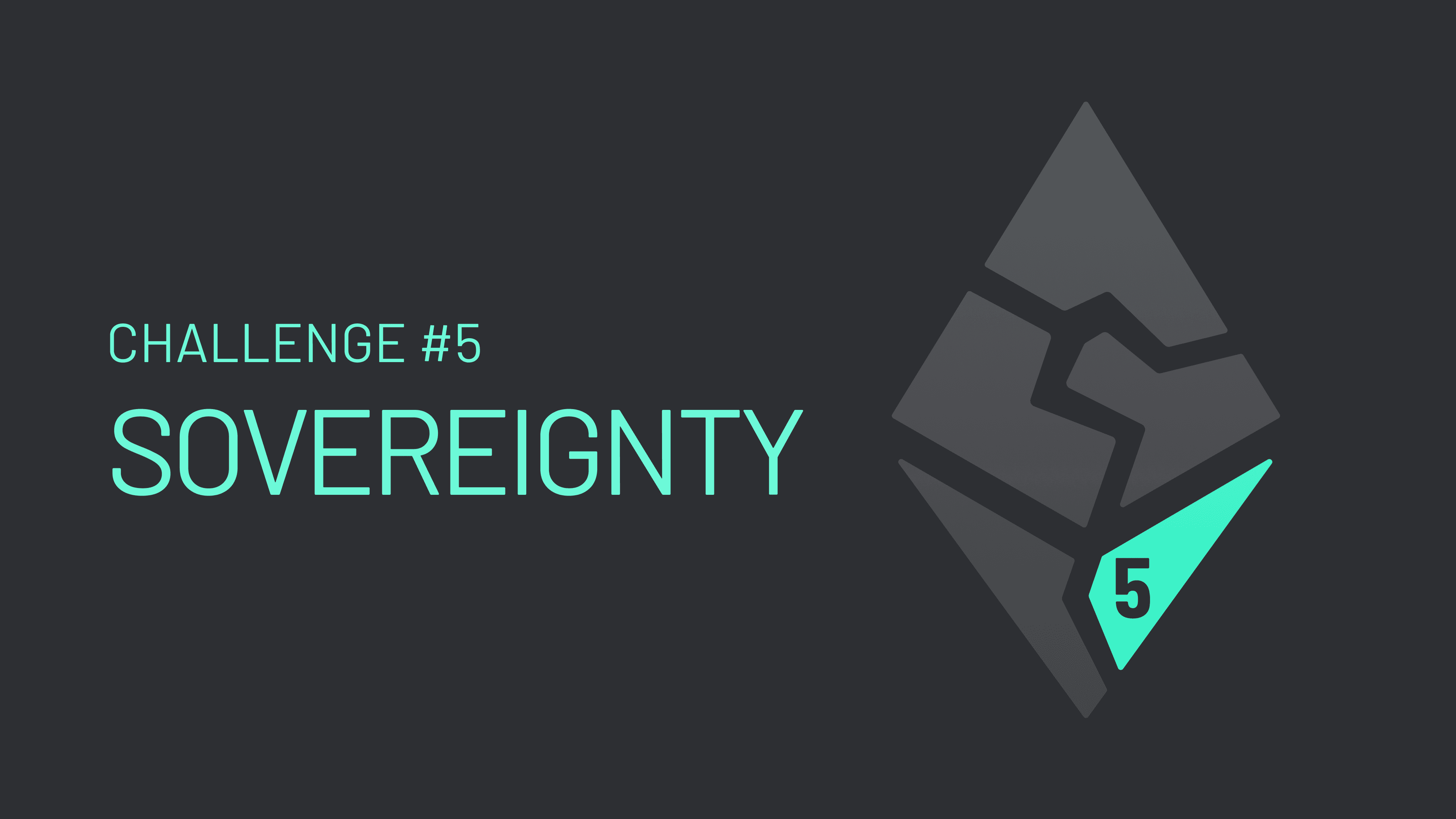
Challenge 5: Sovereignty.
5. Sovereignty: Chains Shouldn’t Be Forced to Conform
The Challenge: Many crosschain solutions impose rigid requirements—specific VMs, shared security models, or custom interfaces—that chains must adopt to be compatible. This erodes the diversity and design freedom that makes Ethereum powerful.
Why It Matters: Builders want to innovate, not conform. Forcing chains to play by someone else’s rules limits creativity and hinders adoption of interoperability protocols.
Across’ Solution: Across is chain-agnostic and flexible by design. The Intents model can work across any architecture, and Across supports 19+ chains with no need to sacrifice sovereignty. Builders can integrate quickly without compromising their chain’s design philosophy.
Real Impact: Whether you’re building on a new rollup, appchain, or Ethereum L1, Across lets you connect without constraints. That means more apps, more innovation, and a truly unified Ethereum.
ERC-7683: A Key Piece of the Puzzle
One of the most critical innovations enabling Ethereum’s unification is ERC-7683: a universal standard for crosschain Intents. Co-developed by Across and Uniswap, this standard lays the groundwork for seamless, trust-minimized interoperability—and it plays a pivotal role in addressing the five biggest challenges we explored above.
Here’s how:
1. Asset Fungibility: Seamless Transfers Without Wrapped Tokens
ERC-7683 standardizes how Intents are expressed and fulfilled across chains, ensuring that users receive the assets they expect without dealing with confusing wrapped tokens or liquidity fragmentation. By aligning the way Intents are executed across platforms, ERC-7683 helps preserve token fungibility and simplifies the user experience.
2. Latency: Instant Crosschain UX
Speed matters. ERC-7683 enables a shared filler network where participants compete to fulfill user Intents quickly and efficiently. This decentralized competition dramatically reduces latency, allowing users to receive assets in seconds—even before settlement finalizes behind the scenes.
3. Cost: Affordable (and Sometimes Cheaper Than Free)
By establishing a common format for crosschain messaging, ERC-7683 eliminates redundant infrastructure and unlocks economies of scale. Liquidity access improves, slippage is reduced, and filler networks can batch and optimize transactions. These improvements lower the cost of bridging to just pennies.
4. Security: A Safer Crosschain Standard
Security breaches have plagued the bridging space, but ERC-7683 takes a safer path. Standardizing Intents reduces custom implementation risks, while enabling protocols like Across to apply robust verification mechanisms, like UMA’s optimistic oracle, across all interactions. Relayers, not users, assume settlement risk.
5. Sovereignty: Respecting Chain Independence
Unlike solutions that force chains into rigid interoperability frameworks, ERC-7683 is fully chain-agnostic. It works at the application level, meaning chains don’t need to make architectural changes to participate. ERC-7683 just makes it easier to connect them.
With support from over 60 major projects—including Optimism, Arbitrum, and zkSync—ERC-7683 is becoming the industry standard for crosschain interoperability. This is how we unify Ethereum.
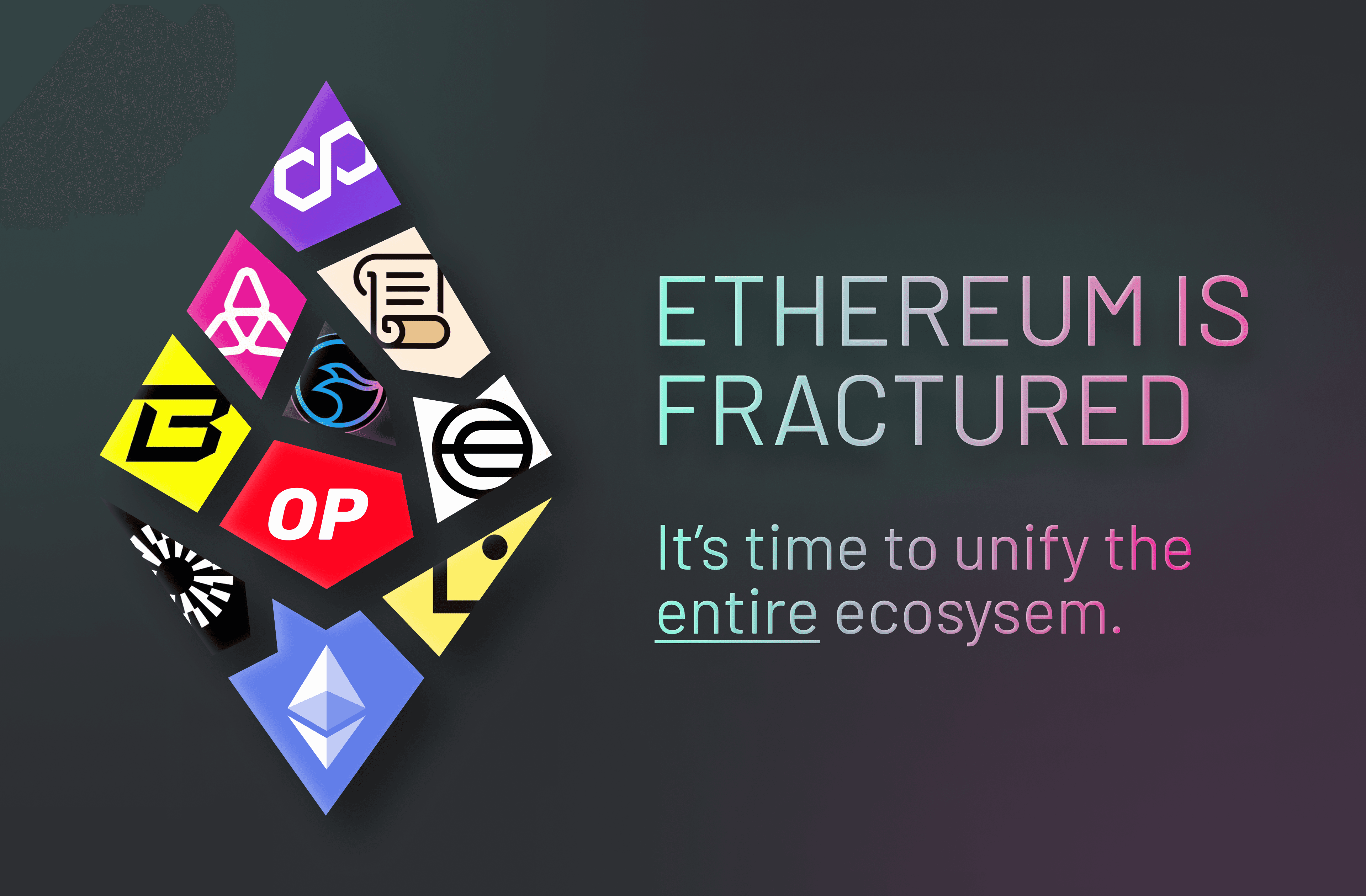
ERC-7683 is unifying Ethereum by providing a universal standard for crosschain Intents.
The Path Forward to a Unified Ethereum
Ethereum’s fragmentation isn’t just an inconvenience, it’s a major obstacle to the ecosystem’s long-term success. Solving for fungibility, latency, cost, security, and sovereignty is critical to unlocking Ethereum’s full potential as a truly unified ecosystem. Across is at the forefront of this effort, providing the entire ecosystem with the infrastructure needed to make Ethereum work seamlessly across chains.
Ready to contribute to a more unified Ethereum? Start building with Across today.


